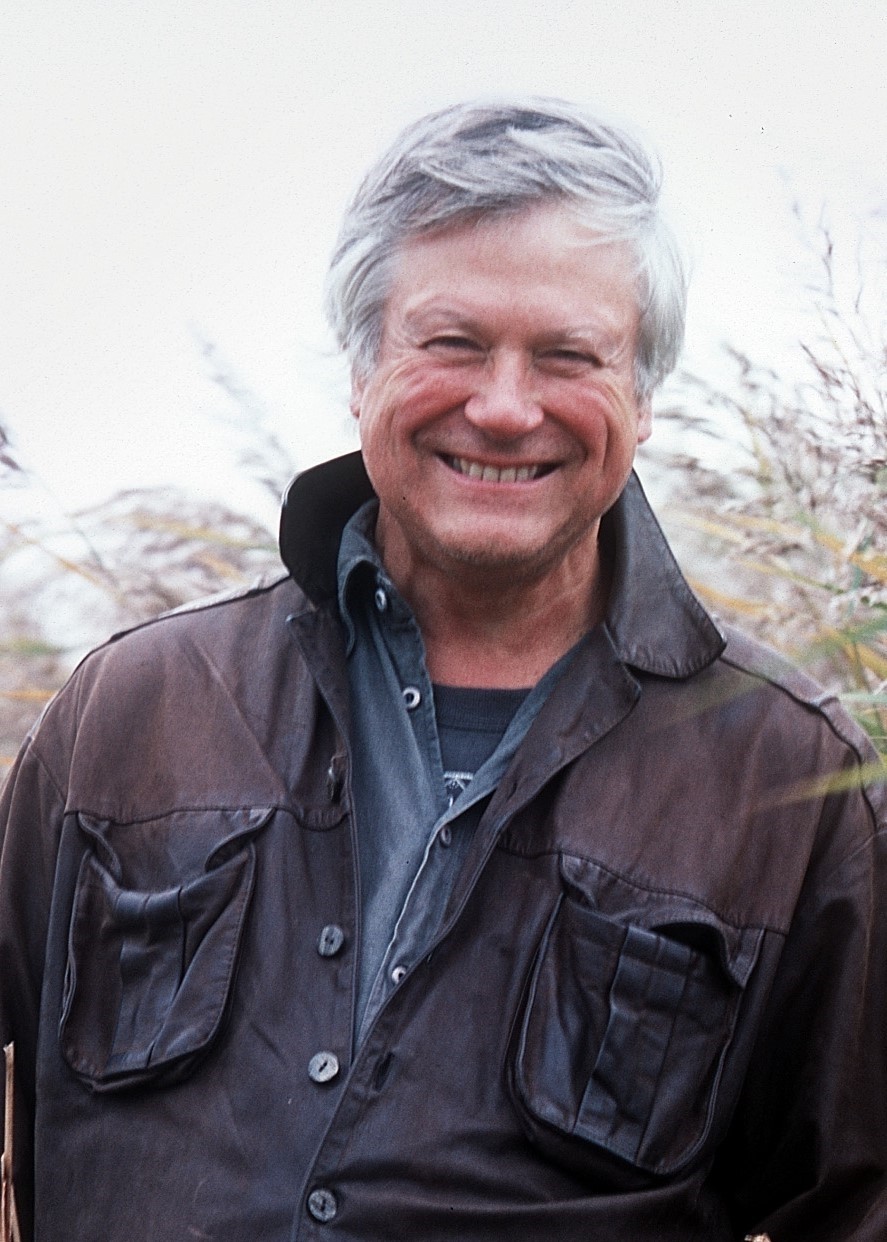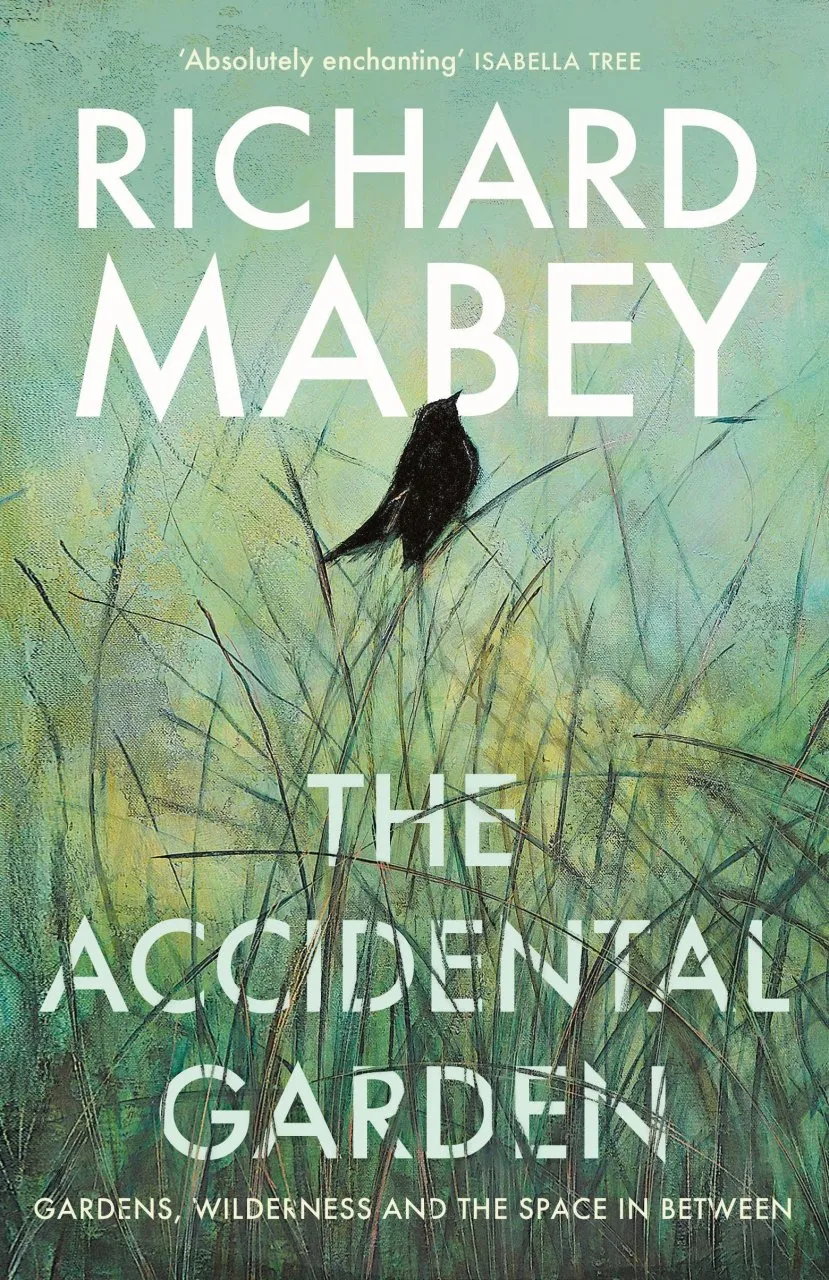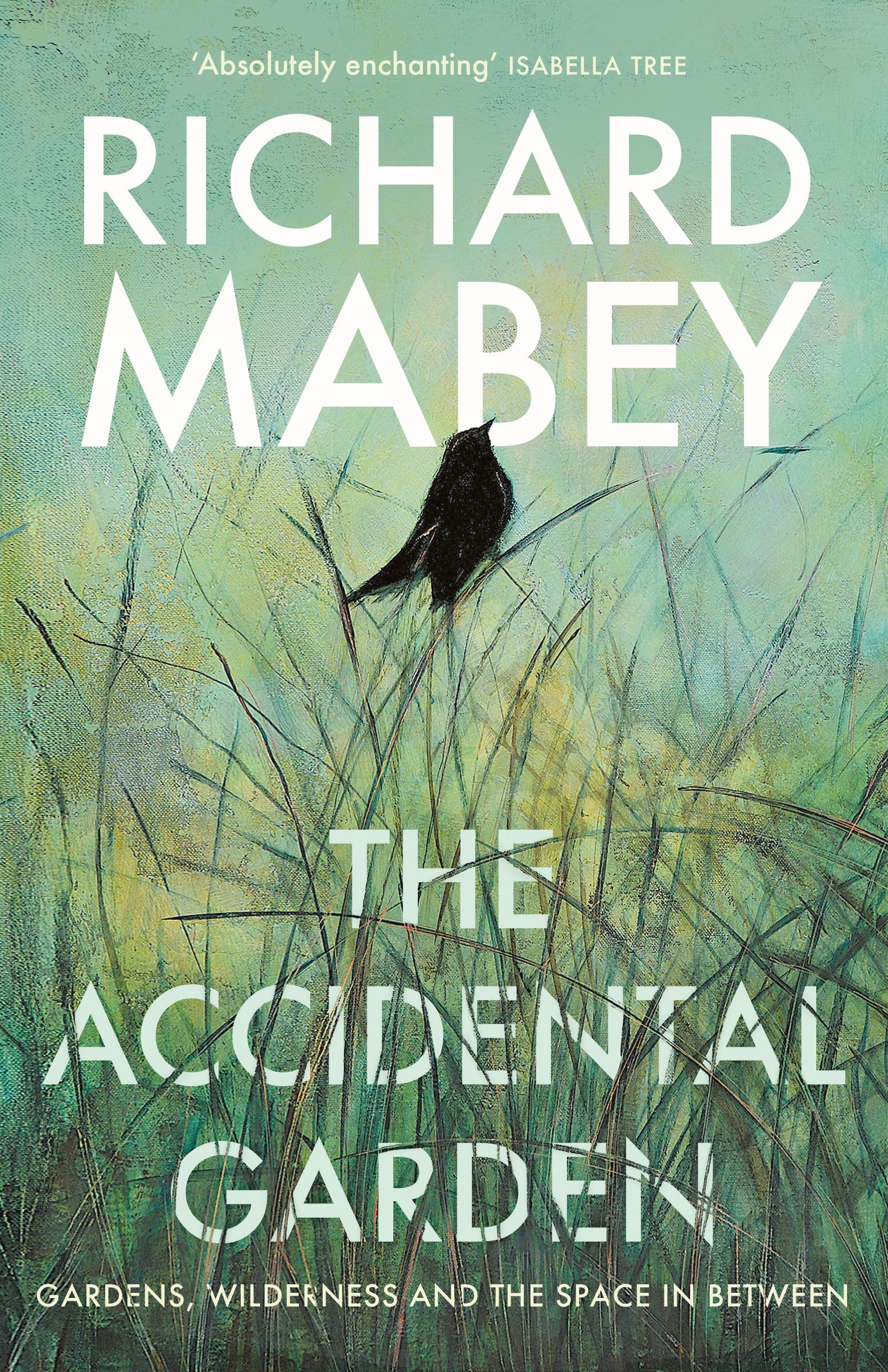 In The Accidental Garden, author Richard Mabey takes the reader on a journey through his own garden in Norfolk and explores the possibility of nature becoming humankind’s equal partner. He watches as his ‘accidental’ garden becomes its own director and reorganises itself in its own way, with ants sowing cowslips in their own patterns, roses serendipitously sprouting amid gravel, moorhens nesting in trees and other fascinating interactions.
In The Accidental Garden, author Richard Mabey takes the reader on a journey through his own garden in Norfolk and explores the possibility of nature becoming humankind’s equal partner. He watches as his ‘accidental’ garden becomes its own director and reorganises itself in its own way, with ants sowing cowslips in their own patterns, roses serendipitously sprouting amid gravel, moorhens nesting in trees and other fascinating interactions.
Richard Mabey has authored 30 books since becoming a full-time writer in 1974, a number of which have won awards, including the East Anglia Book Award, National Book Award and Whitbread Biography Award. He sat on the UK’s Nature Conservancy Council in the 1980s, has been awarded two Leverhulme Fellowships and three honorary doctorates, and became a Fellow in the Royal Society of Literature in 2011.
We recently had the opportunity to talk to Richard about his most recent book, where we discussed his approach to garden ‘by’ wildlife and the challenges he faced, the extent to which nature can thrive itself when human involvement is minimised, projects that are currently occupying his time and more.
Can you tell us what inspired you to write The Accidental Garden?
I’ve been meditating on many of the book’s themes for a long while – the paradox of our seeming new respect for nature co-existing with an obstinate reluctance to relinquish control; our obsession with tree-planting, as if trees have lost the ability to reproduce themselves; the lust for tidiness over vitality. What sparked the book – and set it in the theatre of our own garden – was a Dark Bush-cricket singing at midnight from the hollyhocks on that hottest-ever day in July 2022. It sounded like an anthem of hope.
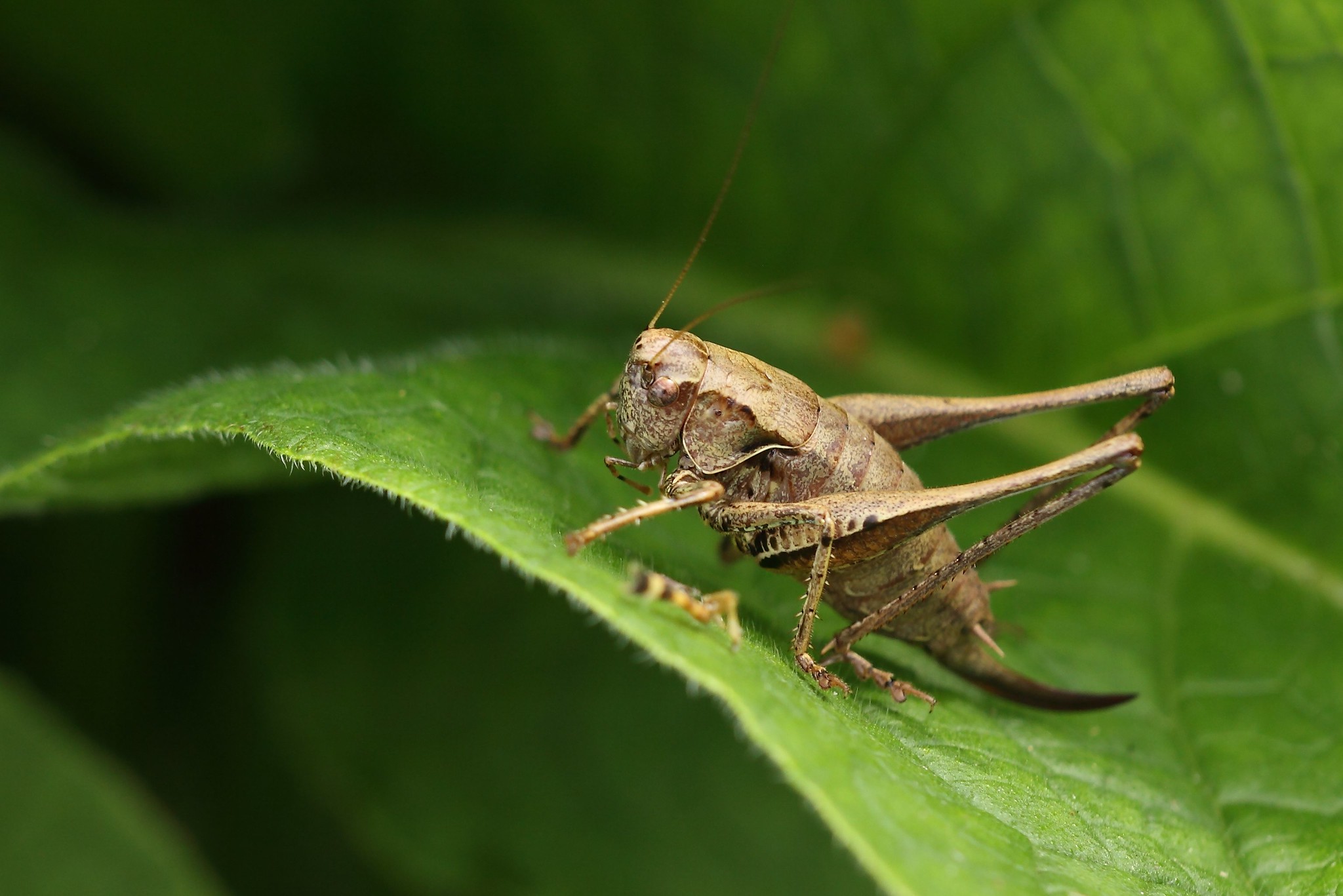
You mentioned in the first chapter that you try to garden ‘by’ wildlife as much as for it. Have you faced any challenges while using this approach, and what tips would you give to someone who wants to try and garden by the wildlife and biodiversity found in their own patch?
The Accidental Garden isn’t an advice manual. It’s a hesitant, personal account of what happened when we opened the gate to what I call ’parallel development’ in our space. We do what humans do in gardens, and allow other organisms to do what they want. Allow them to become subjects rather than objects, and effectively become fellow gardeners. So I left the bramble patch be, instead of digging it up to plant some runtish nursery-forced oakling. Result: Field Maple and Hazel saplings growing through its protective thorniness. I kick bare patches in the grass and see what self-seeds. Broomrapes, Heartsease and Bee Orchids have been among the surprise settlers. If you’re prepared to junk judgemental labels like weeds and pests there are very few challenges from this approach.
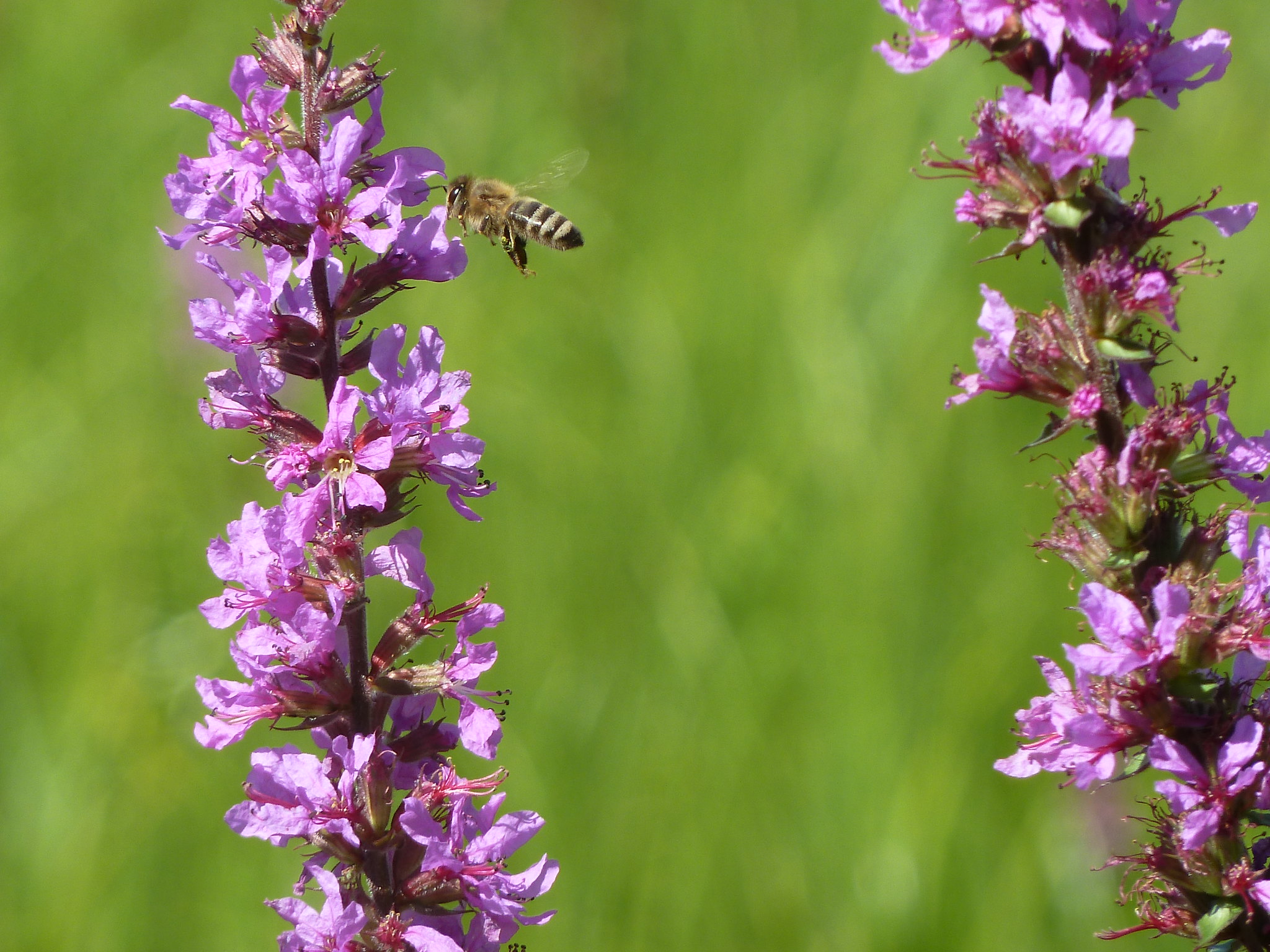
There seems to be evidence that, if left to fend for itself, nature can thrive and colonise without human involvement, as seen along the Dorset coast in the 1800s. What do you think humankind can learn from this going forward?
I’m continually amazed that we find nature’s ability to thrive and adapt surprising. How else could the planet have supported an abundance of life for billions of years before humans arrived on the scene? The natural world has never lost that enterprise and agility. Our reluctance to take advantage of this, to capitalise on adaptive solutions to environmental change, is a typically arrogant stance by our species, still stuck in its ‘dominion over’ mode, and our loss, as well as the natural world’s.
As you mentioned in one of your chapters, many people relish how non-native plant species can transport you to other places, while they also play a key role in garden biodiversity and over time can become at home in the UK, as seen with Snowdrops and Horse Chestnut. How do you think we can nurture the inevitable introduction of new species without this disadvantaging native plants?
The only visiting species we have any trouble with is Ground Elder, and otherwise our patch is developing into a resilient fusion garden. Native plants and animals form new communities with benign settlers. I’m writing this in May just feet from a large and dazzling patch of self-sown flowers that have established themselves in the gravel round the house, including Red Campion, Green Alkanet, Lamb’s Lettuce, Red Valerian, Hedgerow Cranesbill, Ox-eye Daisies. My interest is in the vitality and autonomy of this community (and its insect life – Hummingbird Hawk-moths are the stars!). But in terms of pure visual attractiveness it would match any herbaceous border. I’m also pleased by the way Turkey Oaks are regenerating in and beyond our patch of treeland, growing alongside the Wild Cherries and Ashes, and proving more resistant to deer browsing than English Oaks. Of course, many newcomers cause trouble away from their home ground. But in an environment that is being damaged so much by climate change, we need new species to keep a biologically rich tapestry of life here, in case our traditional species have trouble coping. ‘Nativeness’ has always had strict time limits, at both ends.
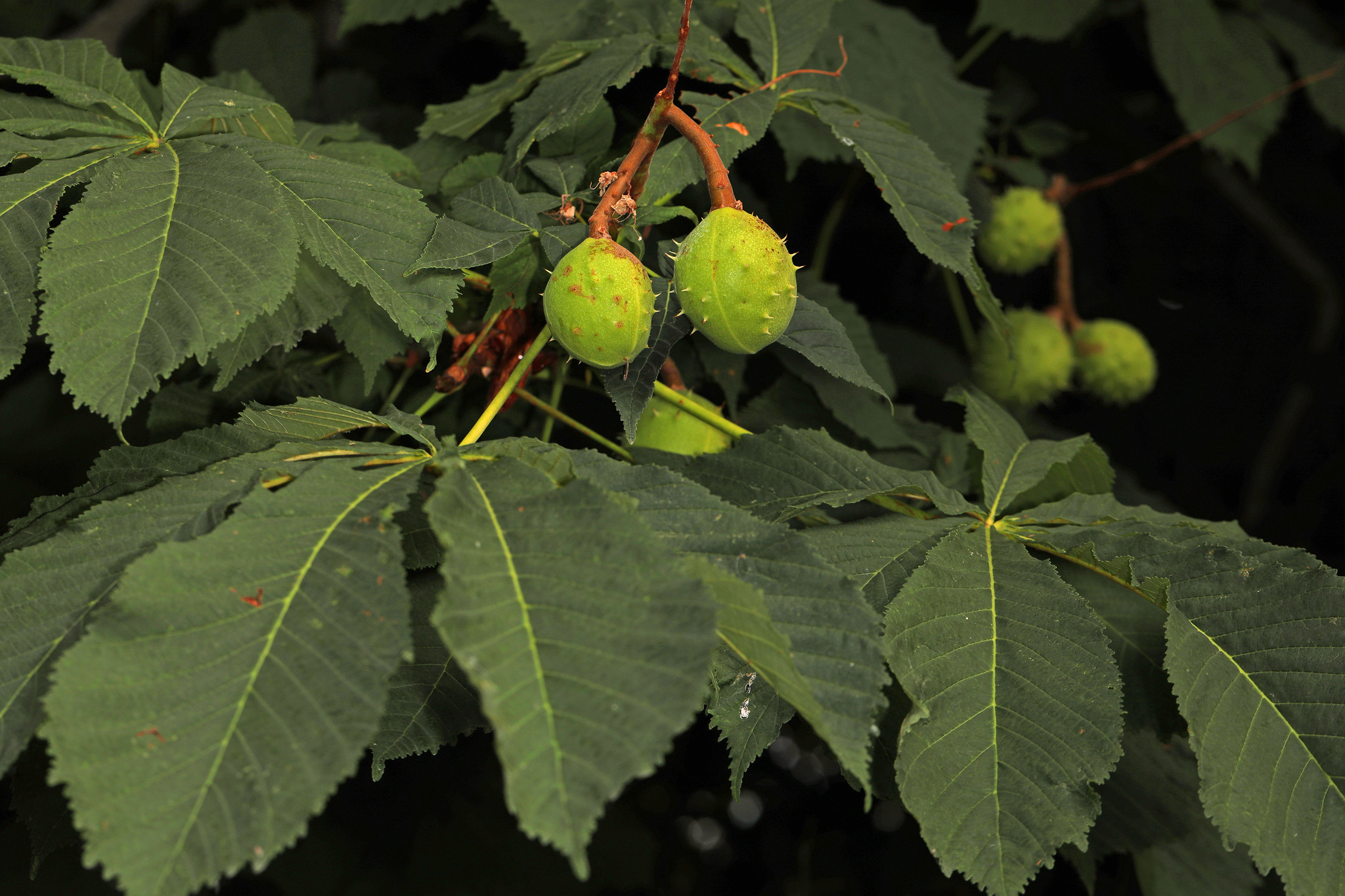
What was the most interesting finding that you came across while undertaking this journey with your own garden?
I think learning about eliasomes, the little parcels of fat on the ends of many seeds that are ants’ rewards for acting as beasts of burden. (They ferry the seeds to their hills and feed the fat globules to their grubs.) Our red ants’ hills are now like living standing stones and I like to think they are responsible for Cowslips now carpeting most of our grassland.
What do you hope the reader can learn from The Accidental Garden?
I’ve been astonished by the inventiveness of our fellow beings when allowed a little leeway to do their own thing. When we drop our paternalistic attitude, our belief that we know best what should live where. Gardens are often compared to theatres, with the gardener as writer, director, set designer rolled into one. Can’t they also be open stages where uninvited, unsupervised species and ancient processes of colonisation and decay can improvise their own landscapes? In the 20 years we’ve been here one half of our plot has transformed itself into a kind of common, with patches of treeland and open grass, and a total of over 150 wild plant species arrived largely of their own accord. A garden is only in the smallest sense a microcosm and metaphor for the planet. But in it it’s possible to glimpse larger lessons about neighbourliness and cooperation, and the fact that the natural world is not intrinsically a victim, in need of constant intensive care.
What are you occupying your time with at the moment? Do you have any other books in progress that we can hear about?
At my age I should be put out to grass. But I can’t stop thinking and scribbling. I’ve just finished an expanded new edition of my 1993 book on the cultural history of Nightingales, Whistling in the Dark, out next year. And I’m dogged by a fancy of tracing the wild thread in the art of nature (always my second subject) from the cave paintings in Derbyshire to Andy Goldsworthy’s spring-flower-enclosing snowballs. But maybe I should just be content to use my walking stick (my Instrument of Minimum Intervention) to scratch more patches in the grass.
The Accidental Garden is available to pre-order from our bookstore.

